Hinged boxes drilled with holes for wire access are an example of plastic enclosures; such boxes are often suspended from the sides of buildings and allow access to telecommunications equipment by technicians.
Plastic remote controls are an example of plastic enclosures; they are first fabricated and then fitted with circuitry and plastic or rubber buttons. Plastic enclosures can be video game controllers, computer enclosures and electrical component housing. Read More...
Maysteel provides complex sheet metal fabrication with a focus on design for manufacturing. Founded in 1936, we combine our extensive engineering experience and market knowledge with an expanding supply chain footprint, allowing us to fabricate and deliver products that others can't. We design, engineer and manufacture custom OEM sheet metal enclosures, kiosks, cabinets, and racks for a wide...
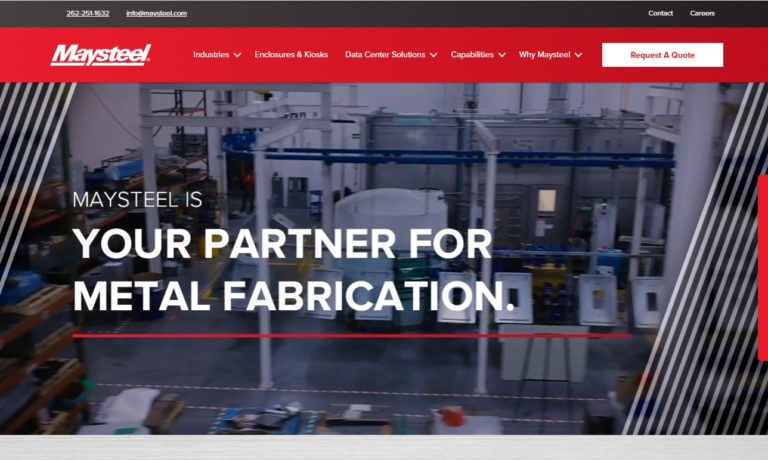
We are committed to excellence and our innovations in enclosure technology is an example of our commitment. Our unparalleled electronic enclosures are specialized for various tasks and our facility is ISO 9001:2008 certified & RoHS compliant. Our superior units come with full customer support. For value-added experience you can rely on us to give you a fair price. We are excited to hear from you! ...

More Plastic Enclosure Manufacturers
They can house televisions, wireless Internet routers, calculators, motors, coolers and an extensive variety of other industrial, commercial and consumer products. Plastic enclosures offer some features that metal enclosures cannot.
They are highly customizable and can be molded into a greater variety of shapes than metal. They can be more lightweight, less electrically conductive and better insulated than metal enclosures. Their lightweightness makes them especially useful in the construction of portable electronics like laptop computers.
Plastic enclosures keep electronic components together and prevent them from becoming contaminated by dust or damaged by impact.
A wide variety of plastic materials are available for the fabrication of plastic enclosures. For sturdier applications, high-density polyethylene (HDPE) is often used because of its strength, durability, resistance to extreme temperatures and its relative low cost.
Other sturdy plastic materials like PVC and ABS may also be used in the construction of sturdy plastic enclosures. Each of these different materials has one thing in common: the method by which they are formed into usable enclosures. HDPE, PVC and ABS are all thermoplastics, which means that they can be formed when subject to high heat.
The thermoplastic forming method most commonly used to create plastic enclosures is molding. During molding processes, a collection of raw plastic stock is gathered and heated to its melting point. At this point, molding methods deviate from each other slightly.
During injection molding, the plastic can be injected into a mold cavity, which is a shape designed to be filled with molten plastic in order to give the plastic its shape. In blow molding the process is similar, except that compressed air is blown into the cavity to make the inside of the plastic become hollow.
In both methods, after the formation process is complete, the plastic is allowed to cool and harden, after which it is ejected from the mold as newly-formed plastic enclosure parts.


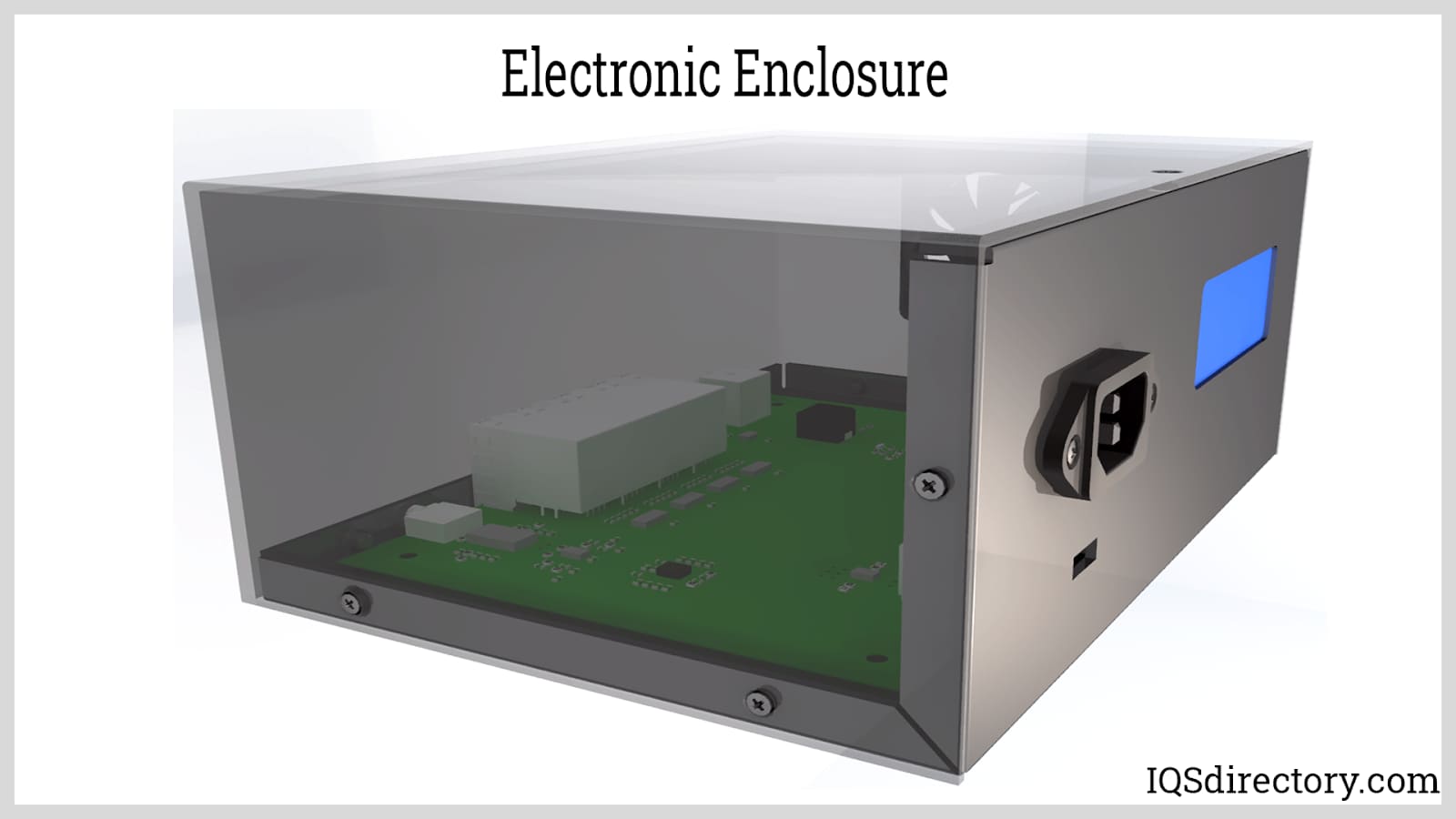
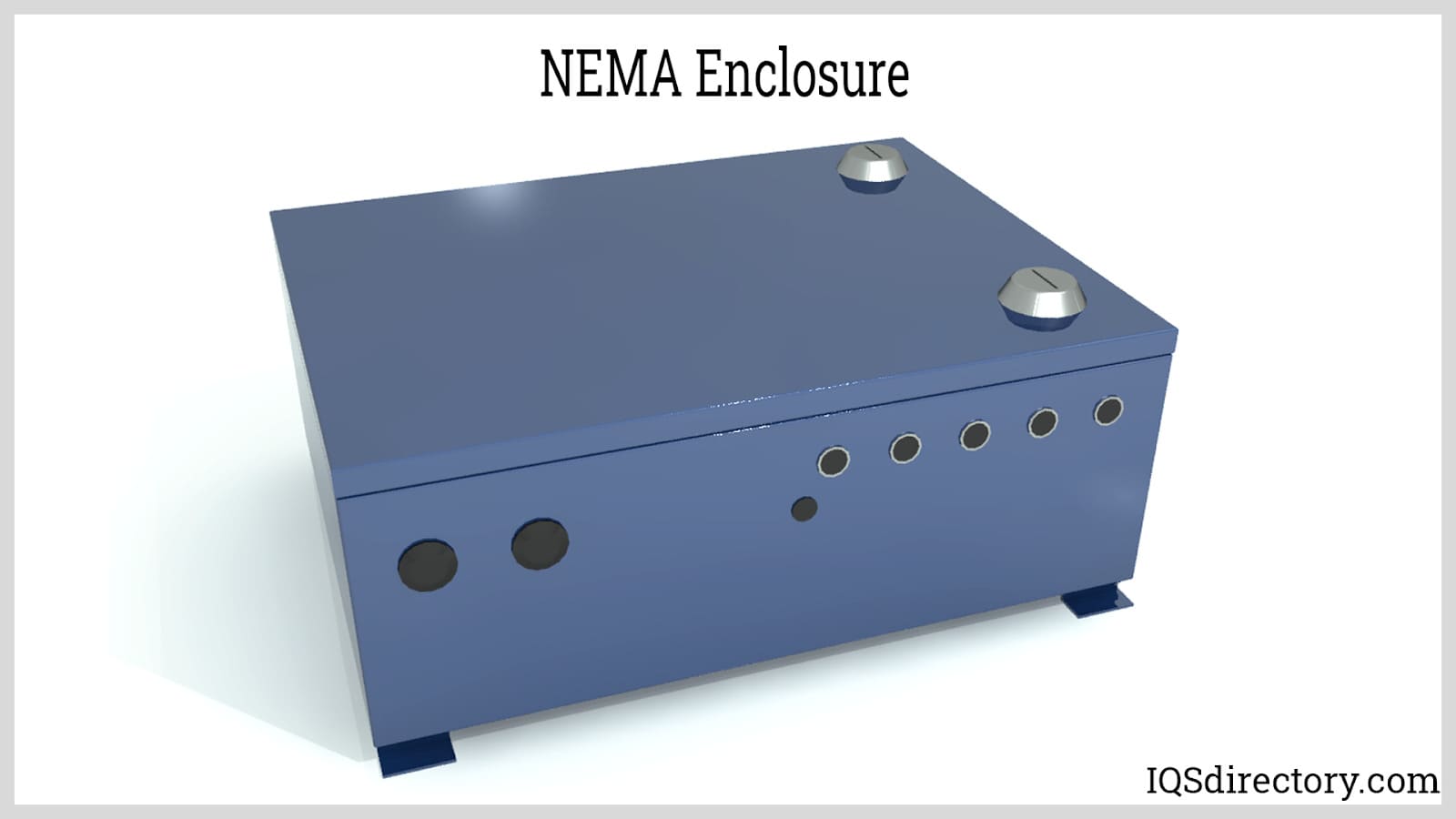
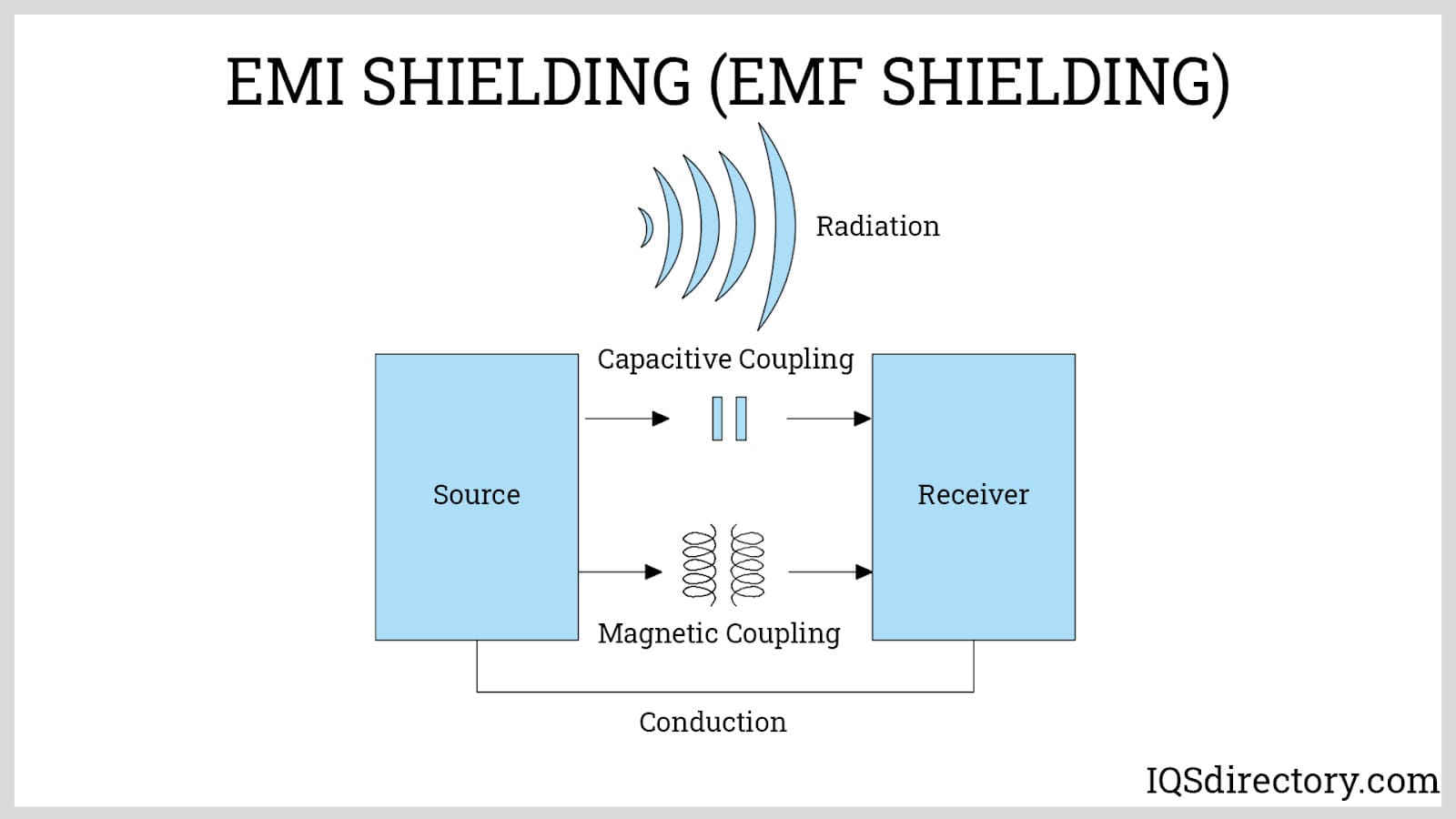
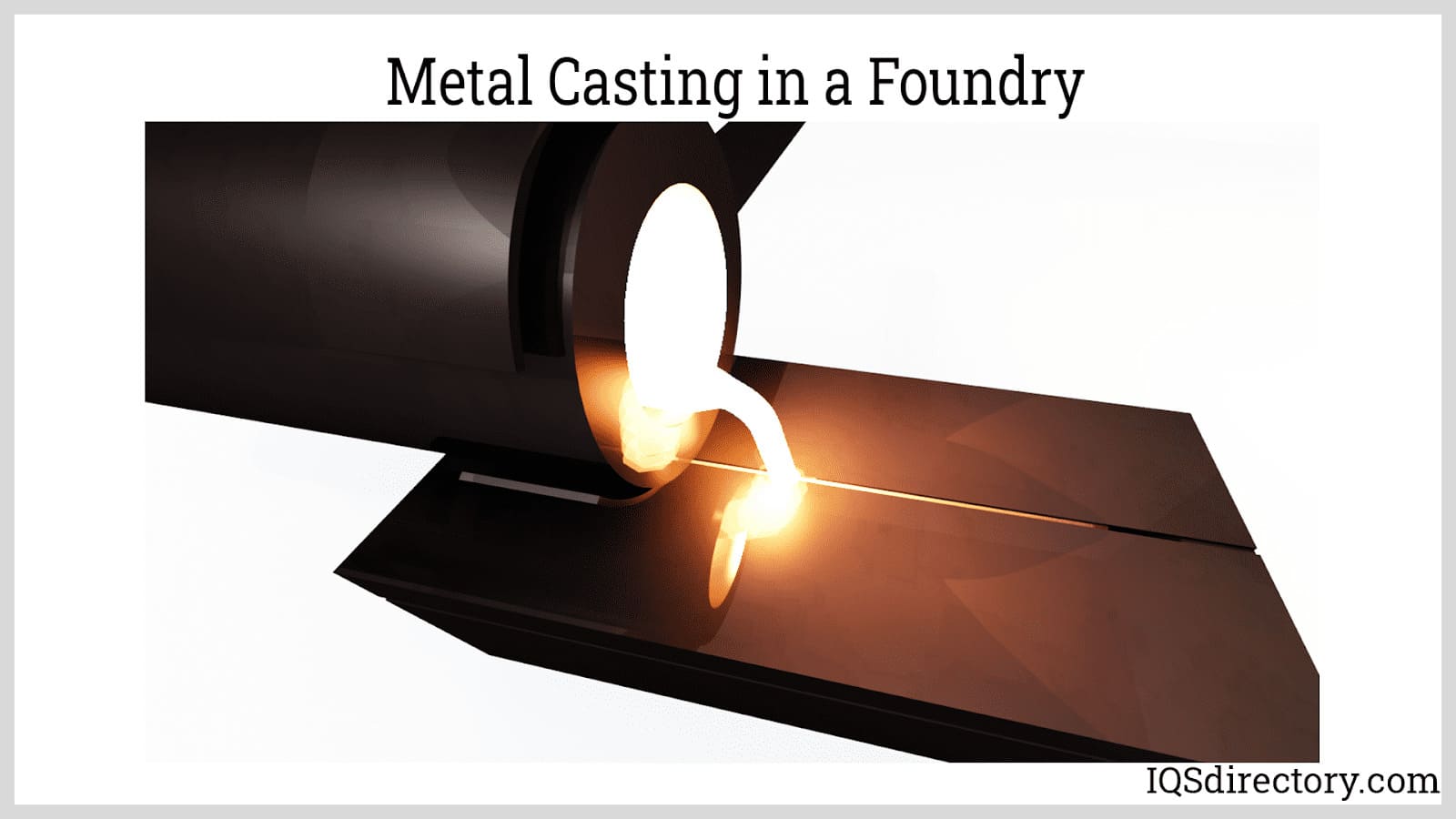
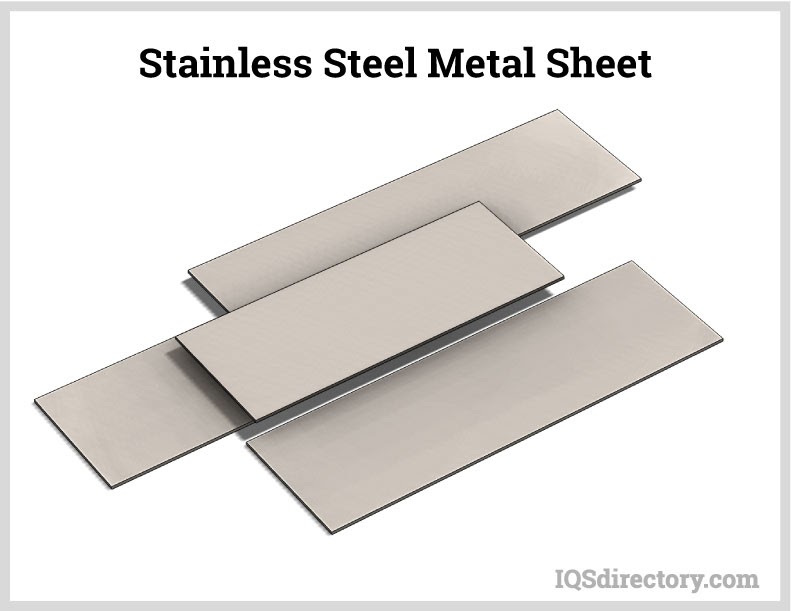
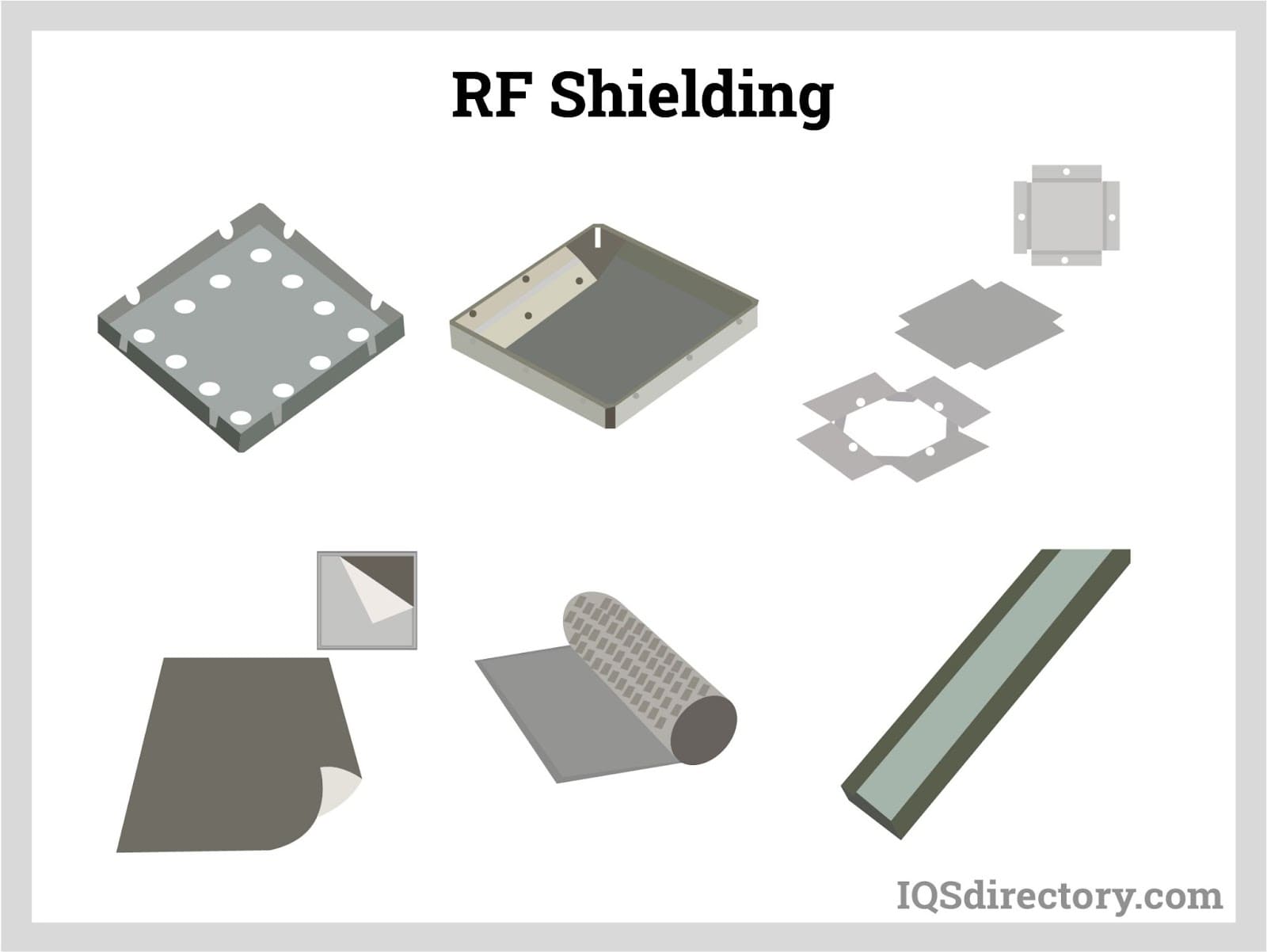
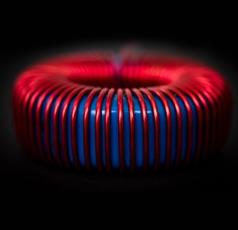 Electric Coils
Electric Coils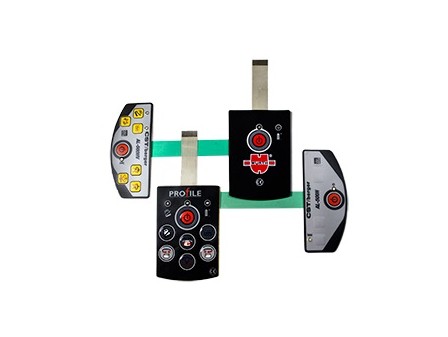 Electric Switches
Electric Switches Electric Transformers
Electric Transformers Electronic Connectors
Electronic Connectors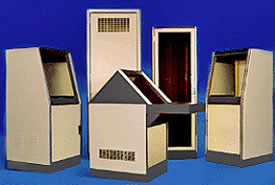 Electronic Enclosures
Electronic Enclosures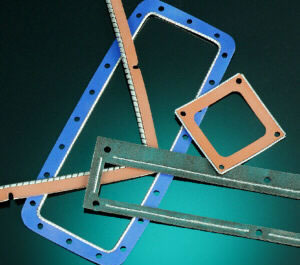 EMI Shielding
EMI Shielding Membrane Switches
Membrane Switches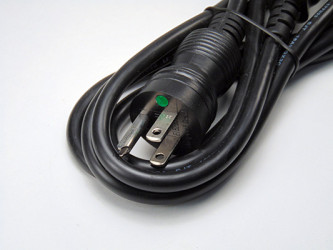 Power Cords
Power Cords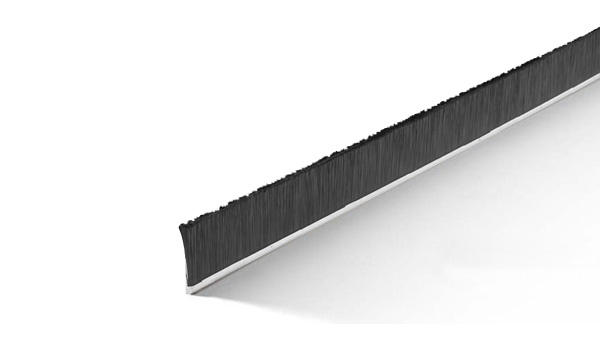 Static Eliminators
Static Eliminators Castings & Forgings
Castings & Forgings Bulk Material Handling
Bulk Material Handling Electrical & Electronic Components
Electrical & Electronic Components Flow Instrumentation
Flow Instrumentation Hardware
Hardware Material Handling Equipment
Material Handling Equipment Metal Cutting Services
Metal Cutting Services Metal Forming Services
Metal Forming Services Metal Suppliers
Metal Suppliers Motion Control Products
Motion Control Products Plant & Facility Equipment
Plant & Facility Equipment Plant & Facility Supplies
Plant & Facility Supplies Plastic Molding Processes
Plastic Molding Processes Pumps & Valves
Pumps & Valves Recycling Equipment
Recycling Equipment Rubber Products & Services
Rubber Products & Services